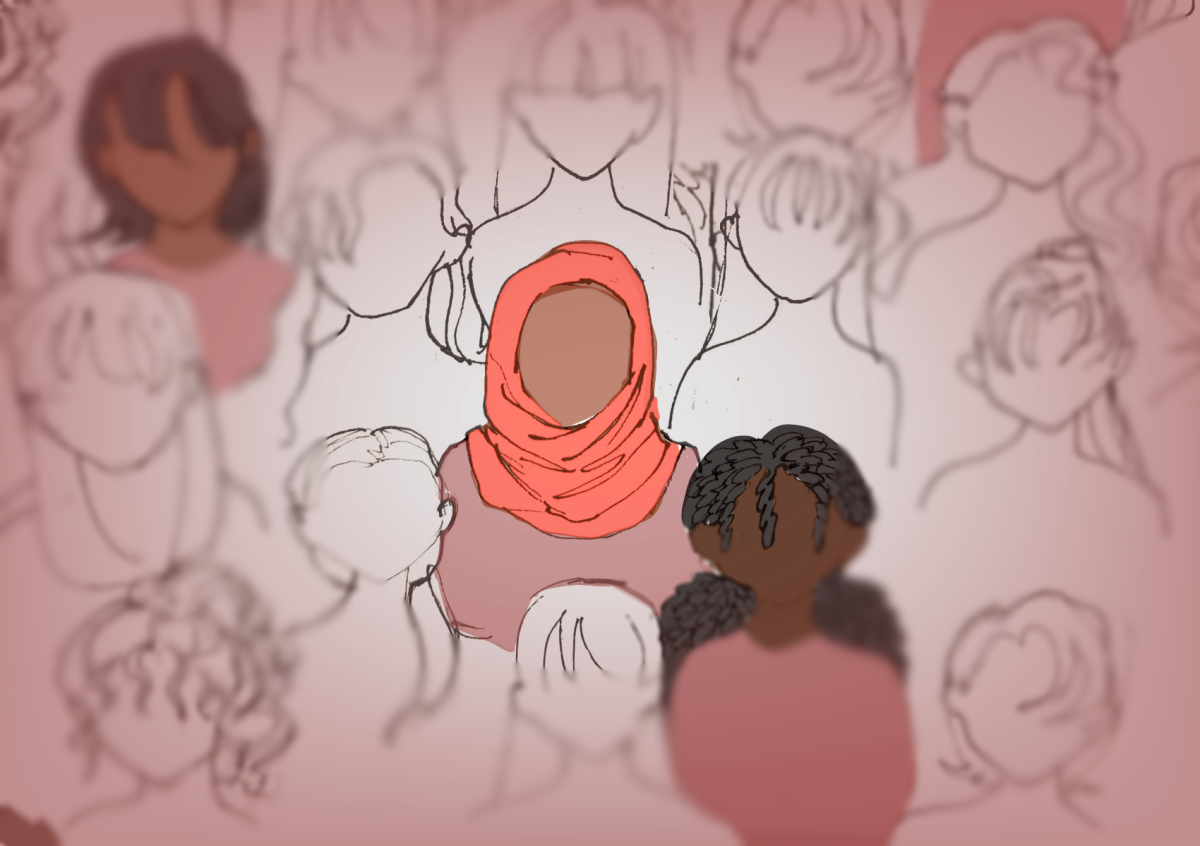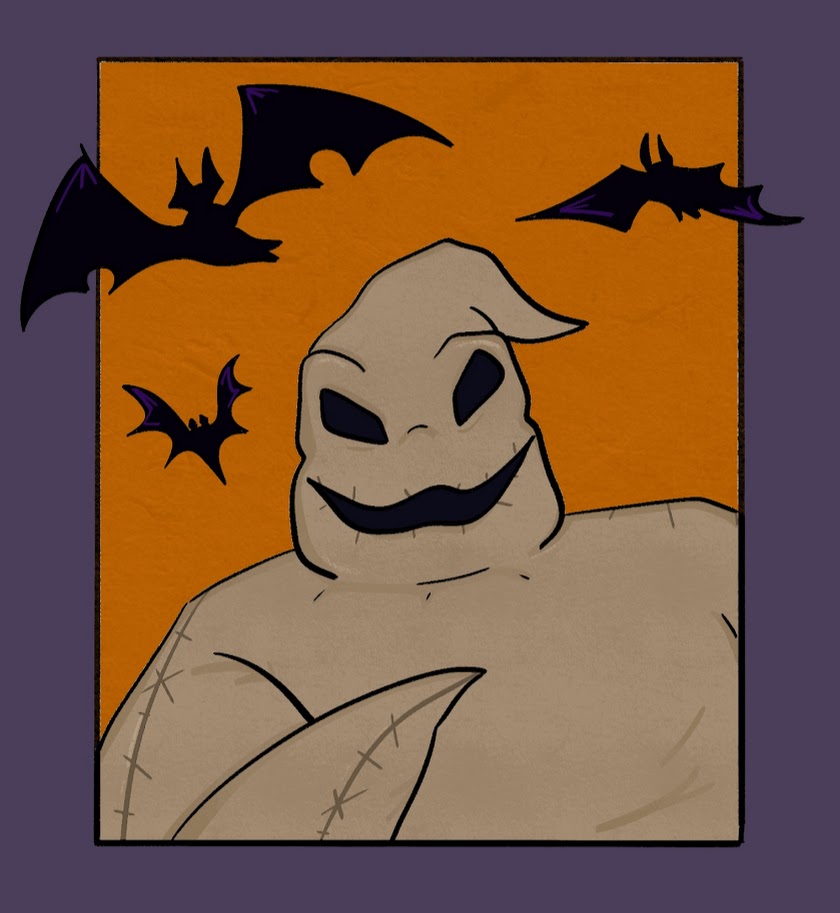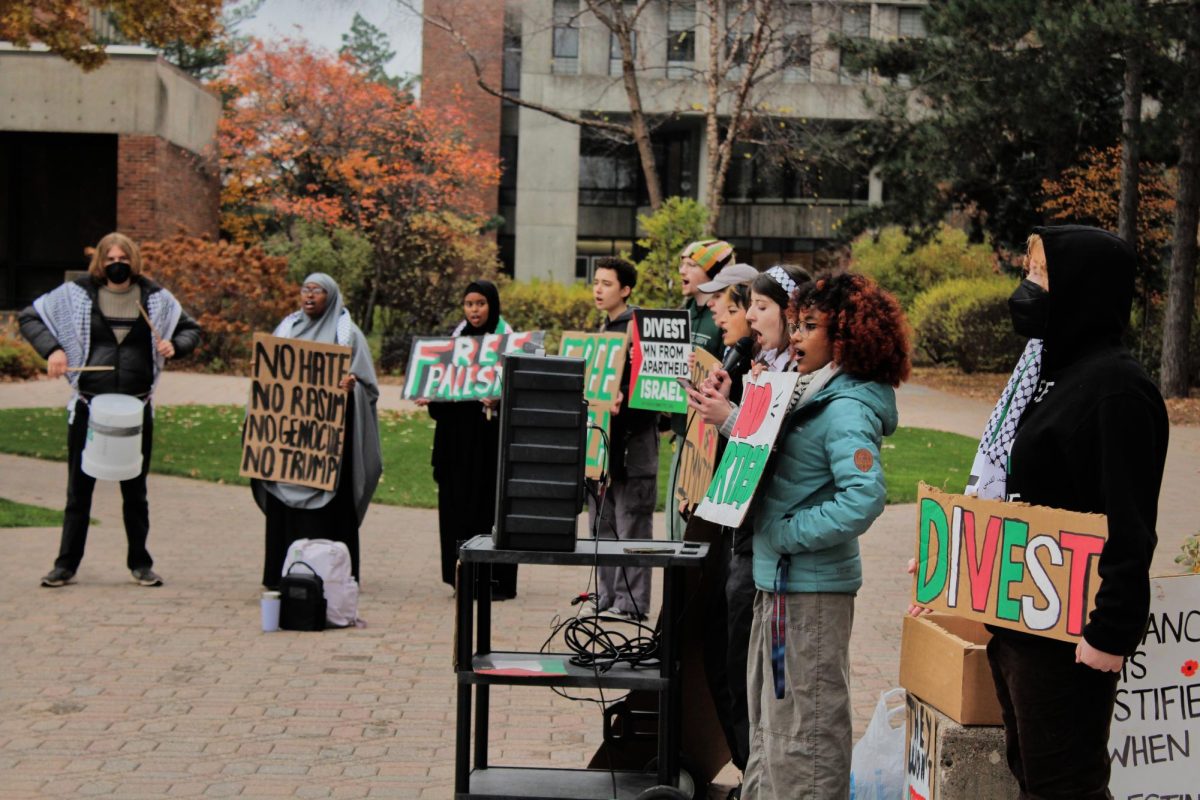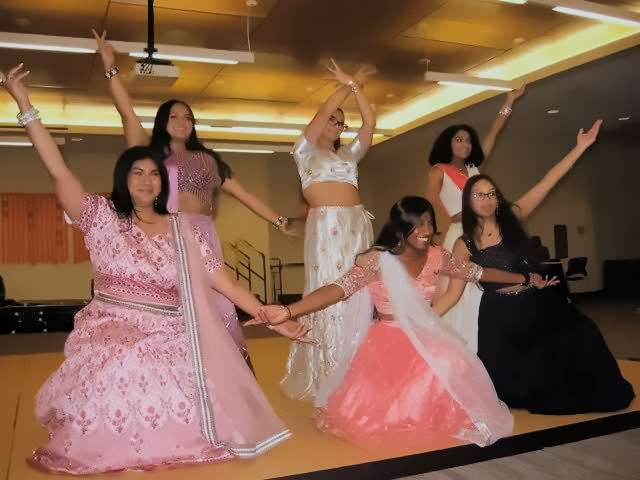Student reactions to a painting shown of the Prophet Muhammad in an art history class last October drew international attention to Hamline. Now, nearly a year later, the Hamline community still seeks closure. As faculty face the difficulties of heightened scrutiny and change, some have used their voices and the platforms available to them to continue the conversation, and in the process, hopefully begin healing.
Whether it is behind a microphone at a free speech symposium, in The Chronicle of Higher Education or in their everyday interactions on campus, faculty are voicing their frustrations as unresolved issues stemming from the controversial classroom incident last fall continue to go unacknowledged.
Religion professor Mark Berkson has spoken out in support of academic freedom following the incident last year. Most recently, Berkson wrote an essay for The Chronicle of Higher Education regarding the Academic Freedom and Cultural Perspectives symposium Hamline hosted on Sept. 12. Berkson was disappointed by the lack of faculty voice in planning and decision-making for the event.
“It is unfortunate that no members of the faculty were involved in the selection of the speakers or any significant aspect of planning the conference. This is despite the fact that this was a forum about academic freedom, which is a topic with faculty at the center,” Berkson said. “It is remarkable that, after everything that has happened, the administration would not involve faculty in the key aspects of the planning of the forum.”
At the symposium itself, faculty, as well as all attendees, had opportunities to ask questions and voice their opinions. This was a feature that professor Binnur Ozkececi-Taner appreciated, as well as the ability her tenured position gives her to voice concerns without much fear of professional retribution.
“I’m not really hesitant to say what is in my mind, which may not necessarily be the case for my other colleagues, especially who are non-tenured or on teaching track,” Ozkececi-Taner said.
Despite feeling comfortable using her own voice, Ozkececi-Taner acknowledged that not all of her faculty colleagues are in the same position.
“Faculty did not necessarily feel comfortable raising questions about what the panelists were there to talk about,” Ozkececi-Taner said about the symposium.
President of the Faculty Council and physics professor Bruce Bolon had observed this fear going into the symposium as well.
“Faculty felt like [the Academic Freedom symposium] was not genuine. It was in the name of Academic Freedom but really … was more about political maneuvering,” Bolon said. “A lot of faculty didn’t want to go because they were afraid that they’d be attacked.”
The culture of insecurity, Bolon said, may be due to lack of communication between administration and faculty.
“I think a lot of the problems that have gotten progressively worse in the 20 years I’ve been here has been through lack of communication,” Bolon said.
Professor Ozkececi Taner expressed concern for communication as well.
“There is definitely a disconnect, or lack of communication between faculty and the very top senior leadership of the administration at Hamline,” Ozkececi-Taner said. “President Miller, for example, I don’t think she has spoken to faculty as a whole. I don’t know for how many months — definitely not since Hamline has been on the national news.”
In addition to silence between faculty and administration, Ozkececi-Taner also highlights the lack of communication between faculty who are polarized by the debates between academic freedom and cultural perspectives.
“I think we are kind of stuck to our positions at this point, and we see any kind of compromise or any kind of recognition of wrongdoing as weakness. That’s my personal interpretation based on what I’ve been hearing,” Ozkececi-Taner said.
Despite the significant work necessary to begin healing the Hamline community, these faculty members want to work towards that healing and continue to prioritize the well-being of their students.
“The faculty, staff and students all, I think, have a lot of respect for each other and want what’s best for each other, and there’s been some attempts to divide, and pit groups against each other, and that’s very unfortunate,” Bolon said.
Moving forward with this school year following the Academic Freedom symposium, faculty still have hopes that the administration will include them, as well as the greater community, in bridging the gaps and healing the spaces left unresolved.
Professor Ozkececi-Taner hopes that the administration going forward will prioritize faculty development as a means to educate Hamline professors about what steps can be taken to ease the tension that students may be feeling following the incidents of last year.
“We are being told that students think that faculty are not respectful of individual differences in class. When we talk about it amongst ourselves we say ‘what else can we do?’ I mean, we are trying our best to accommodate student’s needs … so when we hear that we are not accommodating enough, we want to know what else we can do,” Ozkececi-Taner said. “I think the interim president, whoever that person may be, needs to prioritize student success and faculty development. You cannot have one without the other.”
Bruce Bolon also looks forward to new leadership to make the necessary changes and inspire a new chapter for Hamline University.
“We need leadership … not just at the president level, a leadership that is more about uniting and working for the common good, instead of being divisive,” Bolon said.
Faculty seeks closure as campus frustrations continue
As faculty navigate a
difficult and divisive time,
they maintain hope for
future resolution.
Sabine Benda, News Editor
October 3, 2023
Categories:
Story continues below advertisement
1
0
More to Discover










Tom Edson • Nov 9, 2023 at 5:45 pm
Curious job of distant reporting here…quite a bit about the event from the perspective of a few attendees but little about the questions posed during the event, the issues raised within the meeting itself, and the actual discourse “in” the event.